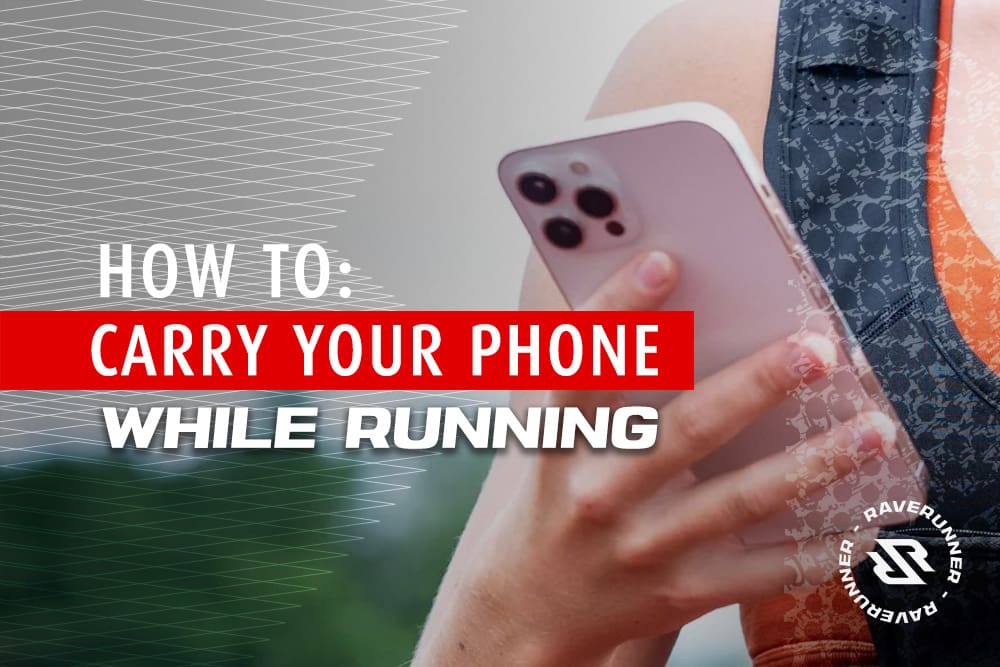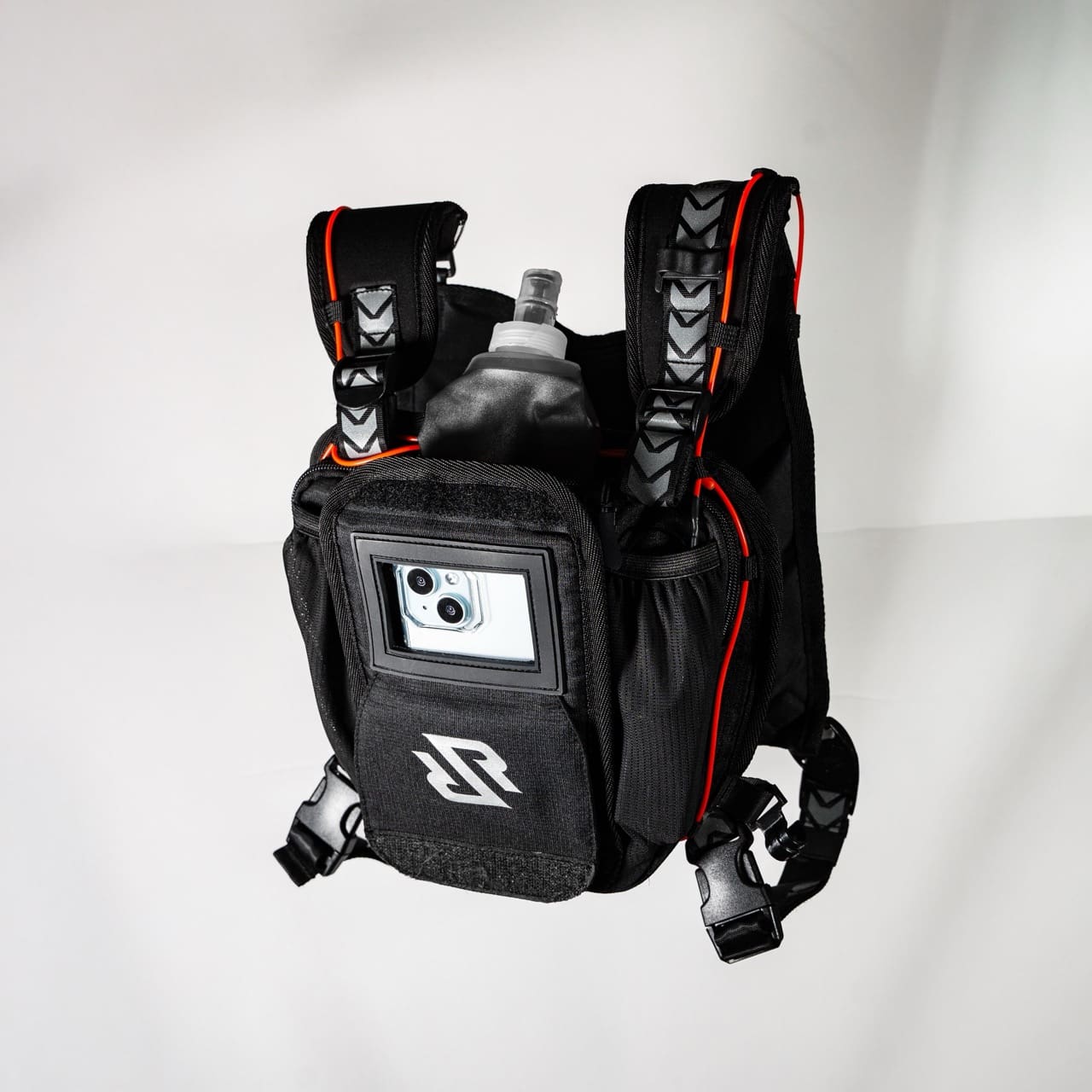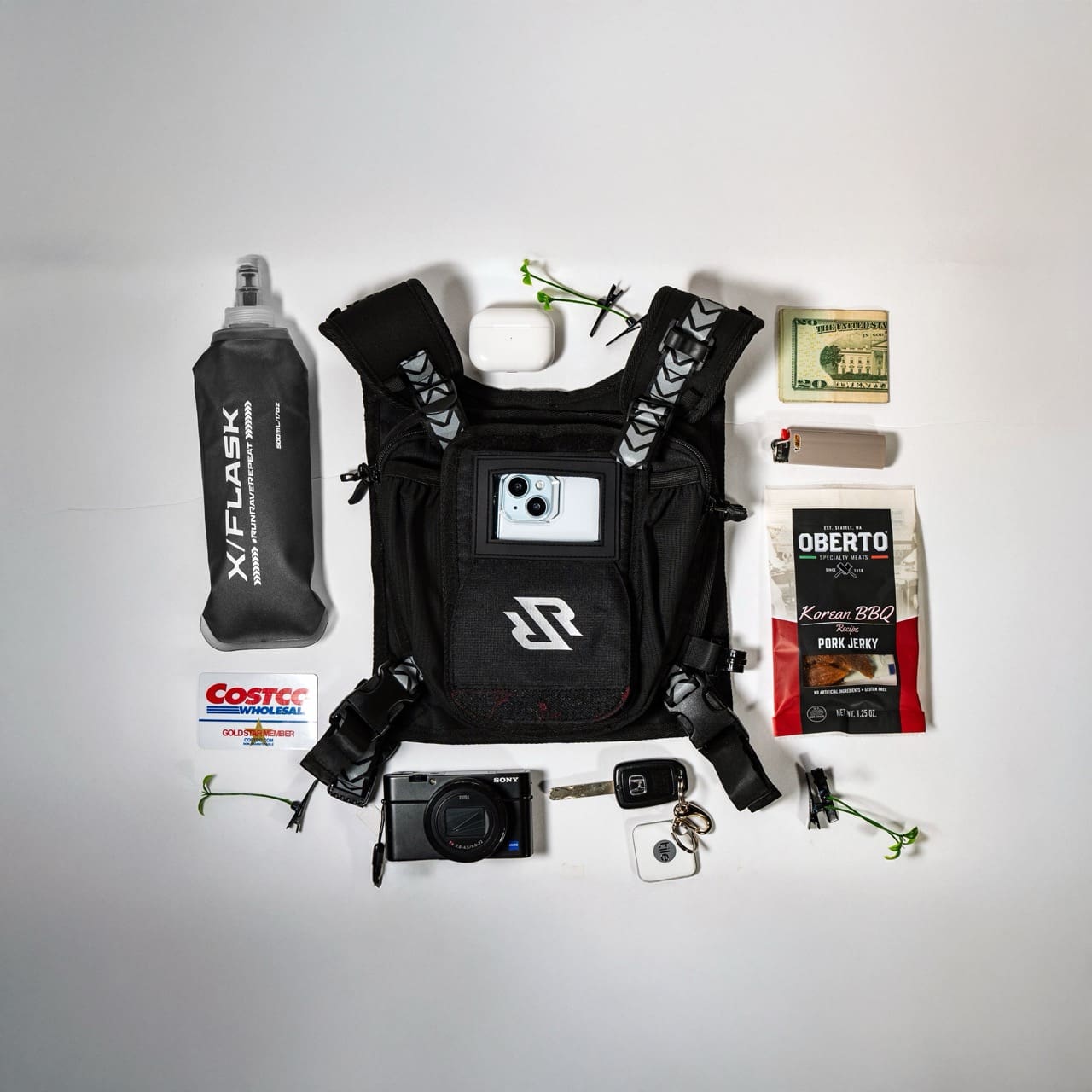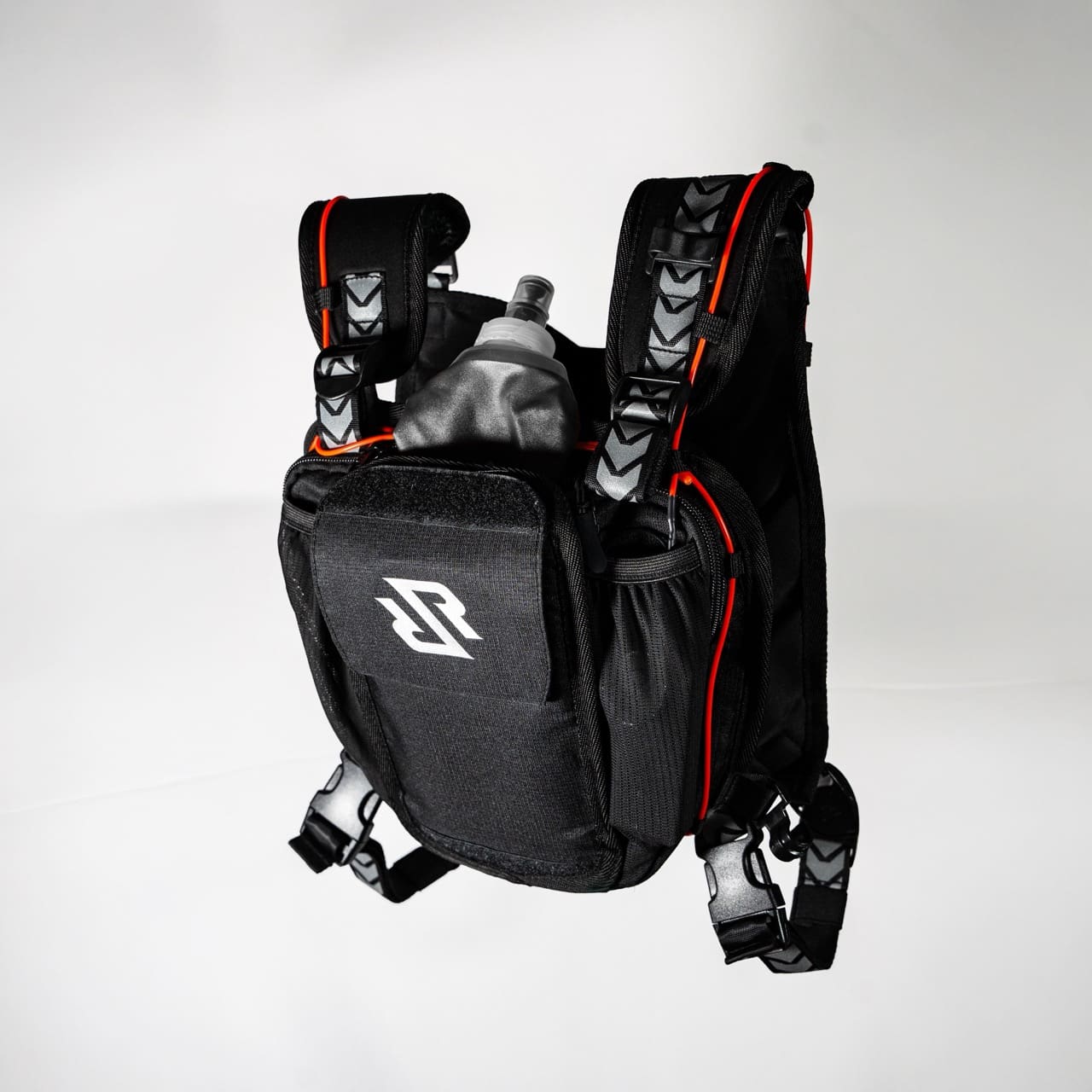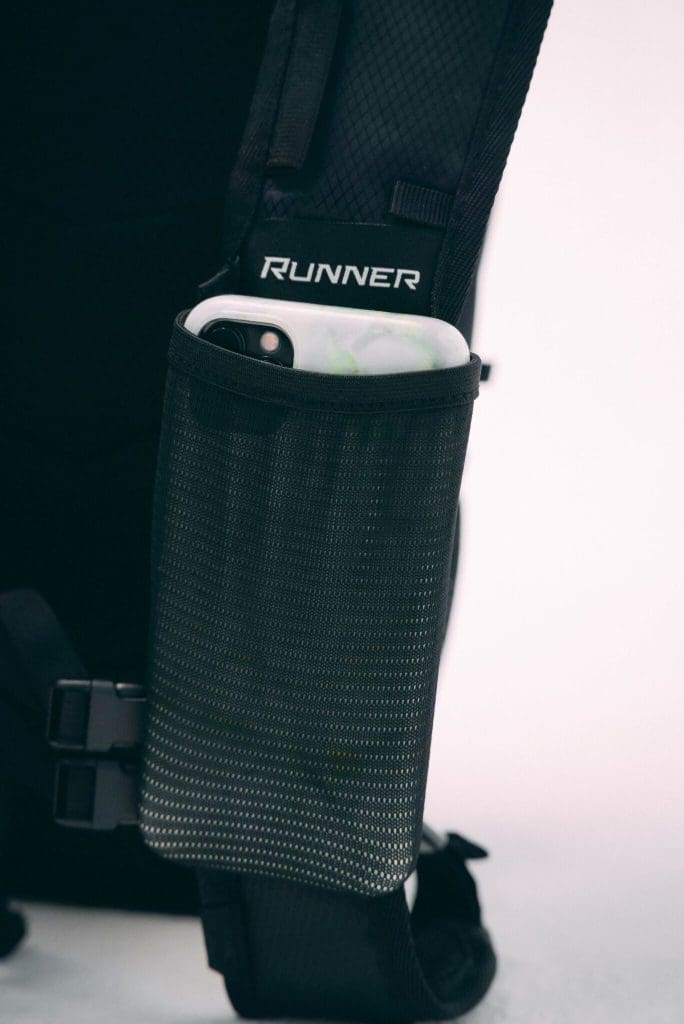How to Prevent Shin Splints & Stress Fractures
Shin splints and stress fractures are no fun. They are both in the top 8 most frequent running injuries experienced by athletes and exercise enthusiasts. Preventing shin splints and stress fractures is doable. It is always unfortunate to hear about someone experiencing shin splints and stress fractures because we know how annoying and painful, they can be. In the following post, we are going to spill all our knowledge on how to prevent shin splints and stress fractures from ever happening again so that you stay outside and motivated to pound some pavement throughout the week.
First, let’s define shin splints and stress fractures. Both of these injuries are commonly grouped together but they are in fact, very different. Let’s break them down:
Shin Splints:
Otherwise known as tibial stress syndrome, this is when your muscle begins to tear away from the shin bone. This results in a minor pain that gets worse with use and can become very painful if not treated. In some cases, shin splints can result in stress fractures.
Causes of shin splints
The main cause of this will be overuse. Personally, I experience them when training for a long race that includes a very high weekly mileage. If you are new to running, you may experience shin splints by trying to run high miles very suddenly. Your body needs time to adjust and heal itself so that it can perform what you are asking it to do. There are some cases that poor or cheap running shoes will cause this as well. A show with no integrity to the structure will not give your foot any support. This will result in your foot trying to compensate and overuse tiny muscles that should not normally get as much use. Lastly, you may be tying your shoe incorrectly. Try tying your shoe tighter at the meat of your foot (the middle laces). This will keep your foot completely secured to your shoe so that there is no movement. Think about wearing a pair of flip-flops. You must curl your toes up to keep the flip-flop on your foot and stop it from falling off. This tension is what aggravates your shin muscles. This same theory goes for if your shoe is not tight enough.
Treatment for shin splints
Although it may not be what you want to hear, you need to chill out and rest. This kind of injury is not one you can just push through. There needs to be minimal aggravation so that the muscle fibers can repair. We would also recommend taking an anti-inflammatory so that the swelling around the muscle is reduced.
Stress Fractures:
If you thought preventing shin splints was frustrating, be glad you never reached the point of a stress fracture. Stress fractures are when a part of your bone begins to crack like a spiderweb. The more you continue to try and work on the muscle, the worse the fracture and pain become. Like all breaks and fractures, you will be sidelined 4-6 weeks as it takes much longer for the bone to heal compared to muscle.
Causes of stress fractures:
This is another overuse injury. This is common sense, if you never give your bones the chance to heal, the injury will follow. Over time you can ask more and more from your body, but this is a process that will take weeks if not months. Another cause of this is carrying around extra weight. No, we are not calling you fat. Some people think running 2 miles in a weighted vest is an awesome idea, it is not. This activity puts sudden shock on your bones that they more than likely will not be able to handle. This is also a common injury for football players. Wearing an extra 15 pounds consisting of a helmet and pads add stress to legs that are not ready for it.
Treatment for stress fractures
Again, the best way to cure this is to rest. Besides that, we have found a cure by taking a Vitamin D3 with Calcium supplement. Although you may not have a deficiency, your body may need more than the normal amount to restore the bone damage you have done. Once we began taking these daily, our stress fractures never came back.

Conclusion
These injuries are unfortunate yet easily avoidable. The biggest way to avoid them is by listening to your body and responding to any irregular feelings you experience. Although all RaveRunners are extremely tough individuals, they also are intelligent and know when to back off. Preventing shin splints and stress fractures will keep you in the game and able to perform. After all, a RaveRunner needs to be out pounding the pavement or flippin’ tires if they want to show up and Be the Inspiration.

